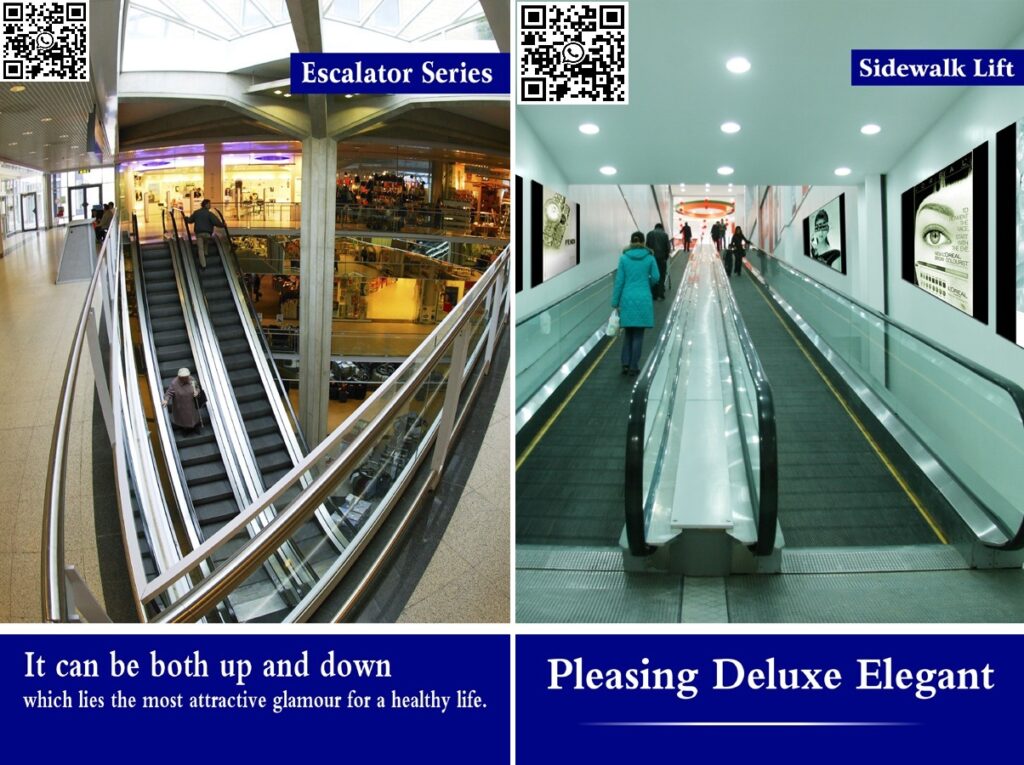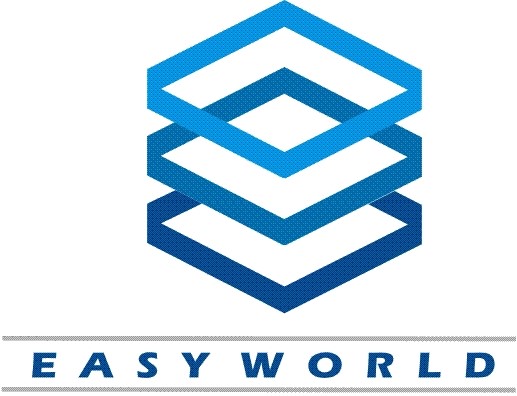Elevator, Escalator & Lift
An elevator, escalator, and lift are all vertical transportation systems used in buildings to move people or goods between different levels. Here's how they differ:
Elevator:
- Definition: A fully enclosed platform or cabin that moves vertically in a shaft, typically powered by electric motors or hydraulic systems.
- Function: Elevators are designed to transport people or goods between floors in buildings. They are often used in taller buildings or places where the height difference is significant.
- Example: In office buildings, hotels, and skyscrapers.
Escalator:
- Definition: A moving staircase that transports people between different floors. It consists of a continuous loop of steps that move up or down.
- Function: Escalators are used for transporting people over short to medium distances, typically when a more constant flow of people is expected, like in shopping malls, airports, or subway stations.
- Example: In shopping malls, airports, and train stations
Lift:
- Definition: In many contexts, the term "lift" is used interchangeably with "elevator," especially in countries like the UK and Australia. In some cases, a "lift" can also refer to a device designed to carry heavy loads, such as in warehouses or construction sites.
- Function: Like elevators, lifts transport people or goods between different levels. In some contexts, lifts are more heavy-duty, such as service lifts in factories.
- Example: In hospitals (patient lifts) or warehouses (goods lifts).
Key Differences:
- Movement: Elevators and lifts are typically vertical enclosed platforms, whereas escalators are continuous moving stairs.
- Usage: Elevators and lifts are used for moving between floors, whereas escalators are more for continuous movement over shorter distances



